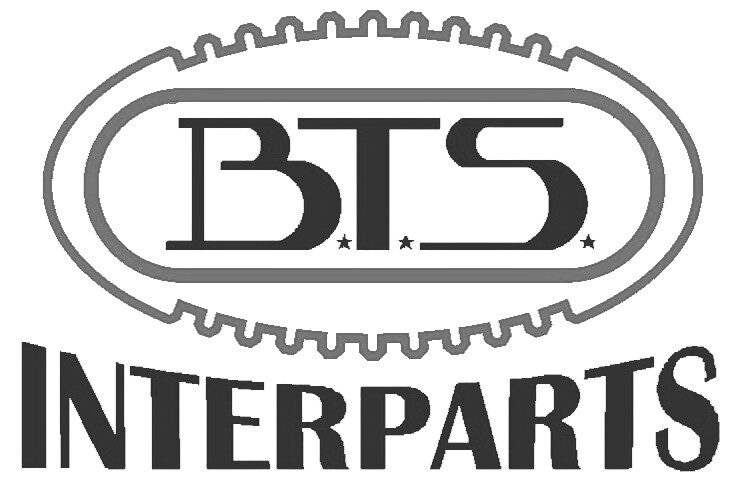A PU Belt (Polyurethane Belt) is a type of belt made from polyurethane, a durable and flexible material known for its excellent resistance to abrasion, oil, and chemicals. PU belts are widely used in conveyor systems and power transmission applications across industries like food processing, packaging, pharmaceuticals, electronics, logistics, and more.
PU conveyor belts are characterized by a strong top surface. Scratch resistant to heat up to 100 degrees Celsius, good chemical resistance, more expensive than PVC, but more durable. Usage characteristics are suitable for general conveying in horizontal, inclined directions and food conveying. Resistant to wet conditions at all times Free from contaminants.
✅ Key Features of PU Belts:
- High tensile strength – supports heavy loads and tension.
- Excellent wear and abrasion resistance – suitable for high-speed applications.
- Good chemical and oil resistance – ideal for clean and controlled environments.
- Moisture-resistant and hygienic – perfect for food and medical applications.
- Flexible and lightweight – allows easy installation and maintenance.
- Smooth or textured surface – available in different finishes for specific uses.
📦 Types of PU Belts:
- PU Conveyor Belts
- Used for transporting products.
- Available in white (food grade), green, blue, and black.
- Can have smooth, rough, or patterned surfaces.
- PU Timing Belts
- Have teeth on the inner side for precise motion control.
- Common in automation, robotics, CNC machines.
- PU Round Belts
- Circular cross-section; used in light-duty power transmission or roller conveyors.
- Easily welded and joined.
- PU V-Belts
- Shaped like a “V” for grip and tension in pulley systems.
- Steel-reinforced or Kevlar-reinforced PU Belts
- For heavy-duty, high-precision applications.
🏭 Common Industries Using PU Belts:
- Food & Beverage (FDA-grade belts)
- Pharmaceutical & Cosmetics
- Packaging & Printing
- Electronics Assembly
- Warehousing and Logistics
🛠️ Tips for Selecting a PU Belt:
- Define your application: Conveyor or power transmission?
- Consider load, speed, environment, and required certifications (e.g., FDA).
- Determine dimensions: width, thickness, length, pitch (for timing belts).
- Choose reinforcement if needed (steel, Kevlar, etc.)

